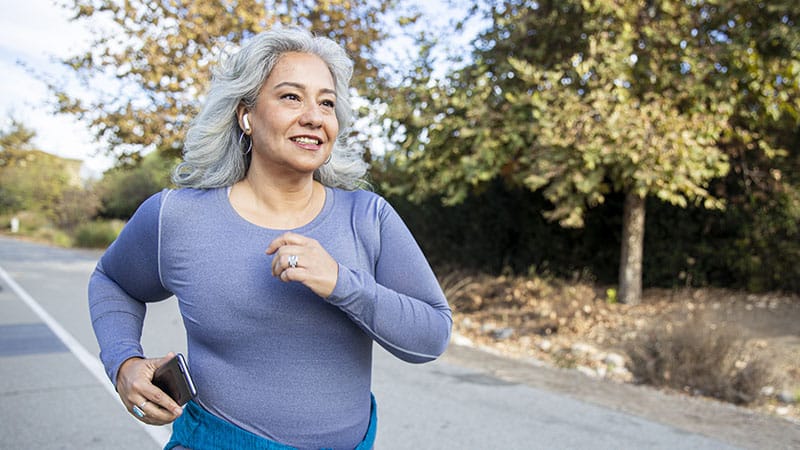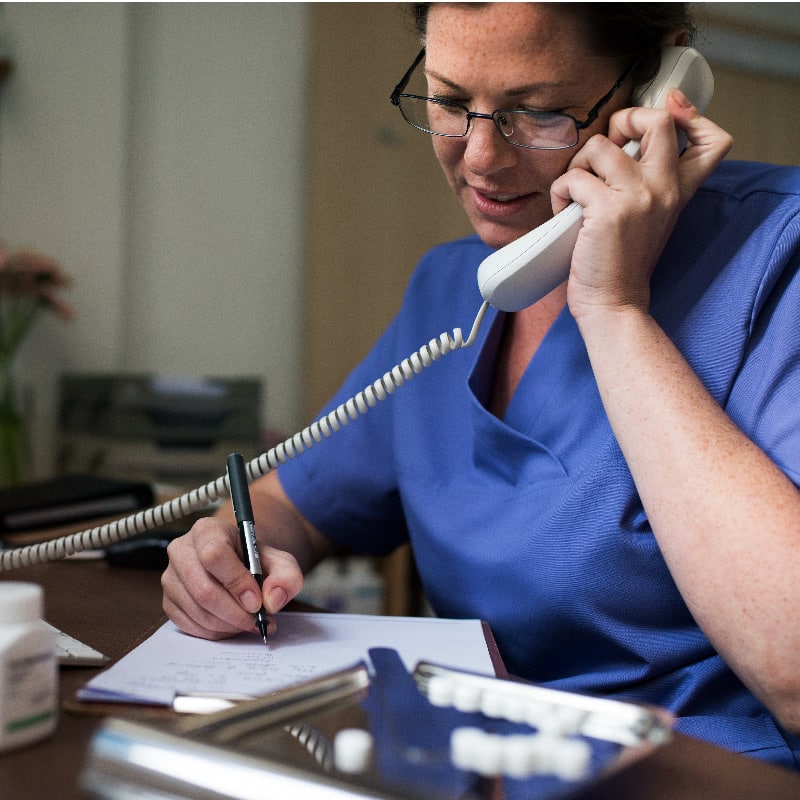KEY TAKEAWAYS:
- Urinary incontinence in women can be classified into different types, such as stress or urge incontinence, which require different treatment approaches.
- Treatment for urinary incontinence can involve lifestyle changes, pelvic floor exercises, medications, and in some cases, surgery.
- It’s essential to consult a urologist for appropriate diagnosis and treatment for urinary incontinence to improve symptoms and quality of life.
When you complain to us about urinary incontinence, we will take quick vital steps to help you. For instance, if you are able to immediately provide a clean-catch urine sample, we will do a urinalysis to rule out urinary tract infection. We also will ask you to keep a three-day voiding diary to enable us to classify and identify the cause and severity of your incontinence. Then we will schedule a follow-up visit before we begin treatment to review the timing, quantity, severity and circumstances of your typical episodes of urine leakage, particularly those that you find most troubling.
Types of Urinary Incontinence
The treatment approach we adopt for each case depends on the type of incontinence and severity of symptoms. In women, the most common types are stress or urge incontinence, but some women may have mixed incontinence, where urge and stress incontinence occur simultaneously. When episodes of urine leakage occur following a physical act like sneezing, coughing, heavy lifting or bending over, that is stress incontinence. On the other hand, urine loss associated with a strong uncontrollable need to void is urge incontinence. So we will use the three-day voiding diary, medical history, physical exam and any necessary tests to determine what type of incontinence you have in order to administer the right treatment.
Lifestyle Changes
Once the type of incontinence is determined, we will embark on appropriate treatment for your condition. For example, if we find that you have early-stage incontinence with rare or less troubling symptoms, we will reassure you that your condition is not that bad and recommend a number of lifestyle changes to improve your situation. We are good at building close and abiding relationships with our patients, so we will explain the diagnosis caringly and instruct you compassionately on what lifestyle changes we want you to make. For instance, since timed voiding is quite helpful with nocturnal urge incontinence, we may instruct that you set an alarm every night an hour before the usual time you wake up with a deep sense of urgency and empty your bladder before it gets full to the point of leakage. We also may advise that you reduce your overall fluid intake, avoid caffeine, spicy foods or carbonated drinks.
Pelvic Floor Exercises
We often recommend Kegel (pelvic floor) exercises for women with stress incontinence. Well-timed, regular Kegel and bladder retraining exercises help to relieve symptoms and treat the condition. We will instruct you on the right technique for these exercises and work with you on a plan to help you practice them until they become second nature. We recommend that you begin by exercising the pelvic floor muscles 4 times a day and gradually increase this to 8 times a day, making sure also to use bladder retraining exercises to increase the interval of time you take between your bathroom visits. We will guide you all the way, checking on you to find out if there is any relief from the symptoms as you implement the exercise regimen.
Anticholinergic Medications
In case of a severe, debilitating urinary incontinence with very bothersome and embarrassing symptoms, we may give anticholinergic (anti-muscarinic) medications to eliminate bladder spasms and relieve the symptoms of incontinence. Some common medications we may recommend include Detrol, Vesicare, Ditropan XL, Enablex, Urispas and Oxytrol, with Oxytrol being available even without prescription. Apart from medications, we may advise you to use absorbent pads, panty liners or similar products, to prevent urine leakage or possible embarrassment from a potential leakage. A good example is the pessary, a plastic insert into the vagina, which we may recommend for supporting your bladder’s neck and preventing urine leakage associated with stress incontinence.
Surgery
If these treatments fail to give enough relief, we may opt for surgery. For instance, we may surgically implant small nerve stimulators just beneath your skin to stimulate the nerves controlling the pelvic floor area and manipulate the contraction of the muscles within your pelvic floor. Or we may opt for the sling procedure, a surgical intervention in which a strap of natural tissue or synthetic mesh is added to support the urethra. We also may conduct procedures to restore your bladder to its original position.
Are you worried about urine loss when you sneeze or cough? Do you always have to stop what you are doing and rush to the bathroom whenever your bladder is full? Or do you fear going out with your friends because of a possible urine leakage? Do not suffer in silence. At Advanced Urology Institute, we have been treating urinary incontinence in women for many years and have the tools and personnel to solve your problem. Whether you just started having urine leaks recently or have had the problem for so long that you have decided to avoid the social activities you used to love, we will give you the right treatment to help you recover. For more information on treating urinary incontinence in women, visit the “Advanced Urology Institute” site.
TRANSCRIPTION:
Hi, I’m Dr. Nicole Szell, I’m a board certified urologist with Advanced Urology Institute.
I think the first thing that’s really important to understand when a patient comes in with these issues is how debilitating is it for them?
Are they in the early stages, it doesn’t bother them that much, they just need to be reassured that it’s something that happens to a lot of women, it could get worse, or it could remain the same, or is it become so debilitating to them that they are willing to have surgery or other invasive maneuvers in order to help prevent it.
REFERENCES:
- “Urinary Incontinence: Exercises to Improve Bladder Control – WebMD.” 29 Nov. 2022, https://www.webmd.com/a-to-z-guides/exercises-urinary-incontinence.
- “Urinary Incontinence in Women | Johns Hopkins Medicine.” https://www.hopkinsmedicine.org/health/conditions-and-diseases/urinary-incontinence/urinary-incontinence-in-women.
- “Mixed Incontinence in Women | Conditions – UCSF Health.” https://www.ucsfhealth.org/conditions/mixed-incontinence-in-women.





